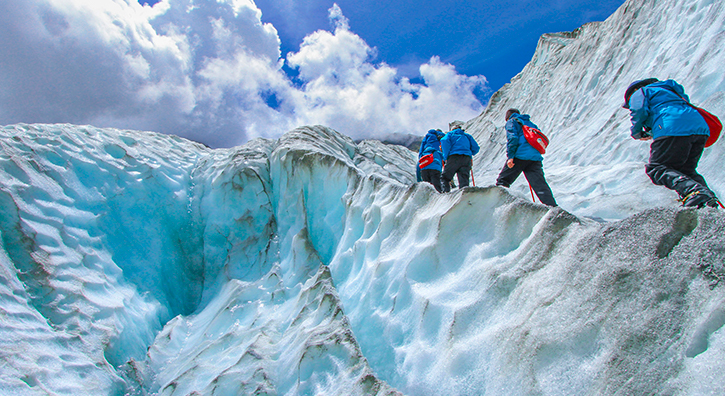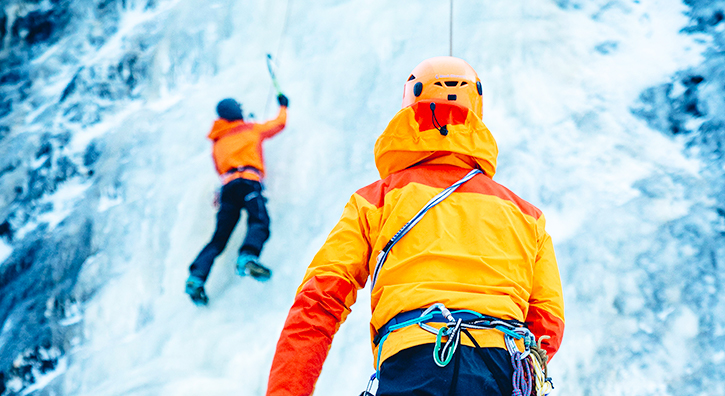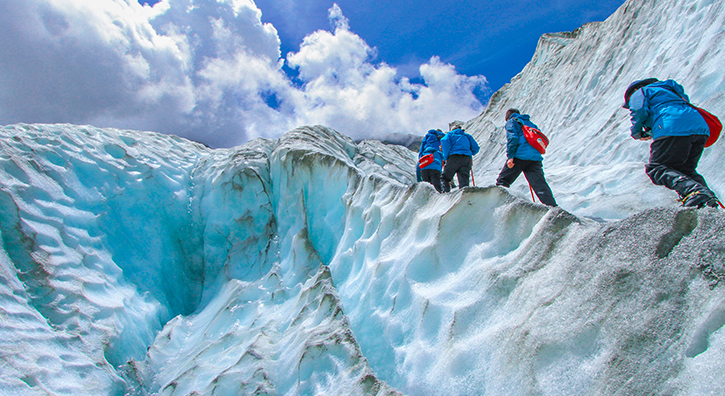0800 260 5082
Available from Available from Monday to Friday 9am to 5pm. Closed on weekends.
Available from Available from Monday to Friday 9am to 5pm. Closed on weekends.
Ice climbing is a thrilling sport that challenges climbers to scale frozen waterfalls, icy cliffs, and steep icefalls. It’s a unique activity that tests both physical and mental strength. Whether you’re a beginner or an expert, the right guide can make all the difference in helping you master this demanding sport. Popular destinations like the French Alps, Canada, and the U.S. offer various routes for all levels, ensuring that there’s a course suited to your skills.
From beginners looking for their first climb to experienced adventurers pushing their limits, ice climbing offers a rewarding trip through frozen landscapes. With the right preparation, equipment, and service, this exhilarating activity becomes more than just a climb—it’s an unforgettable adventure into the heart of winter.
Find out the best destinations for your ski holidays

Having the right gear is crucial for safe and successful winter mountaineering . A solid helmet is essential for protecting against falling ice or debris, while specialized boots with crampons provide the necessary grip on icy surfaces. Proper pants designed for winter conditions will keep you warm and flexible throughout the climb. These items form the foundation of any ice climbing trip.
In addition to boots and helmet, wearing insulated pants and jackets helps protect you from freezing temperatures. Waterproof outer layers are key to keeping dry as you tackle the icy terrain, especially during long routes where exposure to the elements is inevitable.
No matter your level, safety is a top priority. Along with a helmet and harness, ice screws, ropes, and avalanche gear are necessary for navigating tricky paths. Your guide will also carry essential rescue equipment, ensuring a safe course through potentially hazardous conditions.
Every climber, regardless of level, needs to master the basics. This includes proper use of ice axes, crampons, and other climbing tools. Practicing on smaller icefalls or easy routes is a great way to build confidence and improve your technique before attempting more challenging climbs.
Ice climbing involves a variety of routes and surfaces, from vertical waterfalls to mixed terrain that combines ice and rock. Each path requires specific techniques and preparation. For example, a frozen waterfall might require precise ice screw placements and careful footwork, while a mixed paths demands agility and balance.
Ice climbing is both physically and mentally demanding. Building strength and endurance is crucial, but mental preparation is equally important. Staying calm under pressure, especially when navigating difficult routes or unexpected conditions, is key to a successful climb. A guide can help you build these essential skills through targeted practice sessions and real-world experience.


Selecting the right course is essential for a safe and enjoyable trip. Many climbing schools and adventure companies offer tailored courses for different skill levels. Whether you're a beginner or an advanced climber, choosing a course with expert guides and well-planned routes can significantly enhance your experience.
When planning your ice climbing trip, booking a reputable service is essential. Professional services provide trained guides, necessary gear, and detailed information on local routes. This ensures a smooth and well-organized adventure, with expert support available at every point. With an experienced guide, people of all skill levels are able to navigate challenging routes, ensuring they feel safe and comfortable throughout the climb while reaching breathtaking places.
Ice climbing offers an unparalleled sense of accomplishment. Scaling a frozen waterfall or navigating a difficult route is a rewarding experience that few other sports can offer. With the right preparation, equipment, and guide, winter mountaineering becomes more than just a sport—it’s a life-changing adventure that leaves you with unforgettable memories.